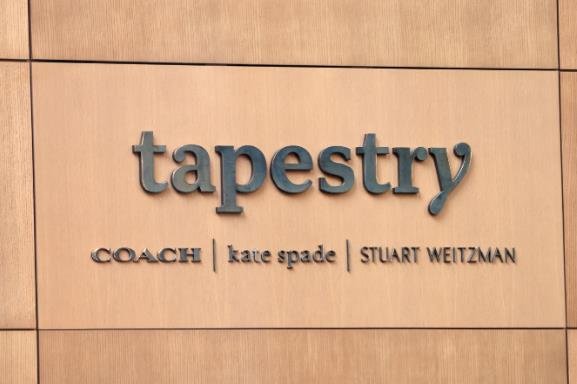Tapestry, the parent company of Coach, Kate Spade, and Stuart Weitzman, is close to finalizing a deal to acquire Capri Holdings, the owner of Michael Kors, Jimmy Choo, and Versace, according to a report by the Wall Street Journal. The deal, which could be announced as soon as Thursday, would create one of the largest U.S. luxury conglomerates, with a combined market value of around $14 billion.
The Rationale Behind the Deal
The deal is motivated by the desire of both Tapestry and Capri to expand their portfolio of brands and compete with the European luxury giants such as LVMH and Kering, which have been acquiring more high-end labels in recent years. LVMH completed its $15.8 billion takeover of Tiffany in early 2021, while Kering announced its purchase of a 30% stake in Valentino last month.

Tapestry and Capri have been pursuing a similar strategy of building a house of brands that cater to different segments and markets. Tapestry was formed in 2017 when Coach acquired Kate Spade and Stuart Weitzman, while Capri was renamed in 2018 when Michael Kors bought Jimmy Choo and Versace.
However, both companies have also faced some challenges and difficulties in their business models. Tapestry has been struggling to revive sales at its flagship brand Coach, which has been losing market share to rivals such as Louis Vuitton and Gucci. Capri has been suffering from an oversaturation of its Michael Kors brand and a decline in demand for its handbags and shoes in the U.S. and China.
The deal would allow Tapestry and Capri to leverage their synergies and complementarities in terms of product categories, geographic presence, customer base, and distribution channels. The deal would also enable them to achieve cost savings and operational efficiencies by consolidating their supply chains, marketing platforms, and corporate functions.
The Terms and Conditions of the Deal
The deal is expected to be structured as a stock-for-stock transaction, with Tapestry issuing new shares to Capri shareholders. The exact terms and valuation of the deal are still being negotiated, but according to the Wall Street Journal, Capri could be valued in the high single-digit billions, including a premium over its current market value of $4 billion.
The deal is subject to the approval of both companies’ boards and shareholders, as well as regulatory authorities. The deal is expected to close within six months after the announcement.
The combined company would be led by Joanne Crevoiserat, the current CEO of Tapestry, while John Idol, the current CEO of Capri, would become the executive chairman. The combined company would keep the name Tapestry and its headquarters in New York.
The Implications and Outlook of the Deal
The deal would have significant implications for the U.S. luxury industry and the global fashion market. The deal would result in the creation of a U.S. luxury giant that could challenge the dominance of the European players and offer more choices and diversity to consumers. The deal would also affect the competitive landscape and dynamics of the industry, as it could trigger more consolidation and collaboration among other players.
The outlook for the combined company is positive but uncertain. The combined company would have a strong portfolio of brands that cover different price points, styles, and occasions. The combined company would also have a balanced geographic exposure that spans across North America, Europe, Asia-Pacific, and Latin America. The combined company would also have a robust financial position that would allow it to invest in innovation, digitalization, sustainability, and social responsibility.
However, the combined company would also face some challenges and risks. The combined company would have to integrate two different corporate cultures and organizational structures. The combined company would also have to manage multiple brands without diluting their identities or cannibalizing their sales. The combined company would also have to cope with the uncertainties and volatility of the post-pandemic market environment.
